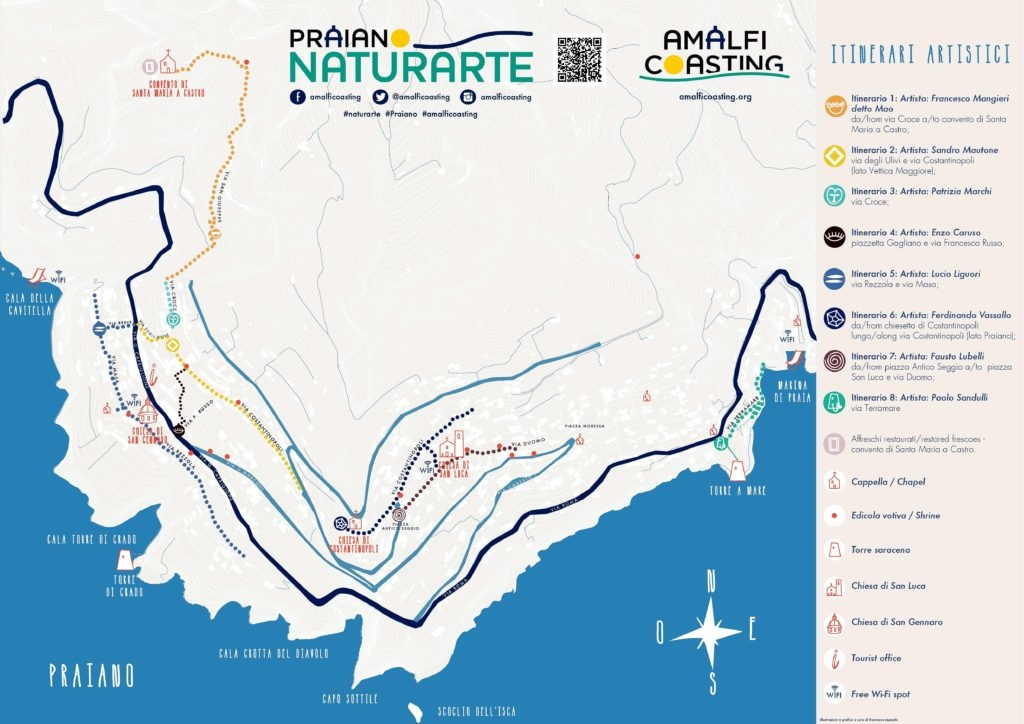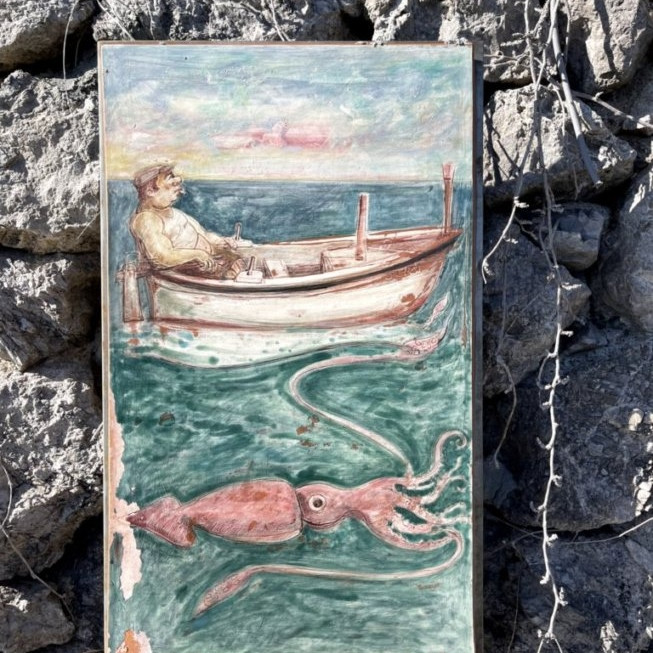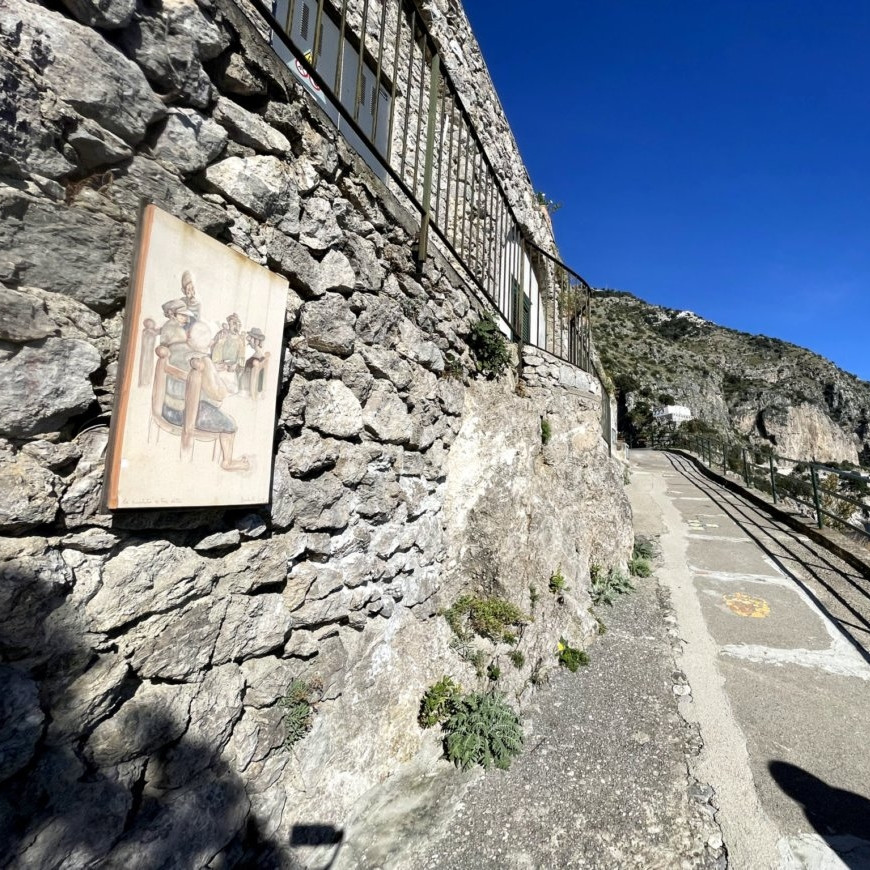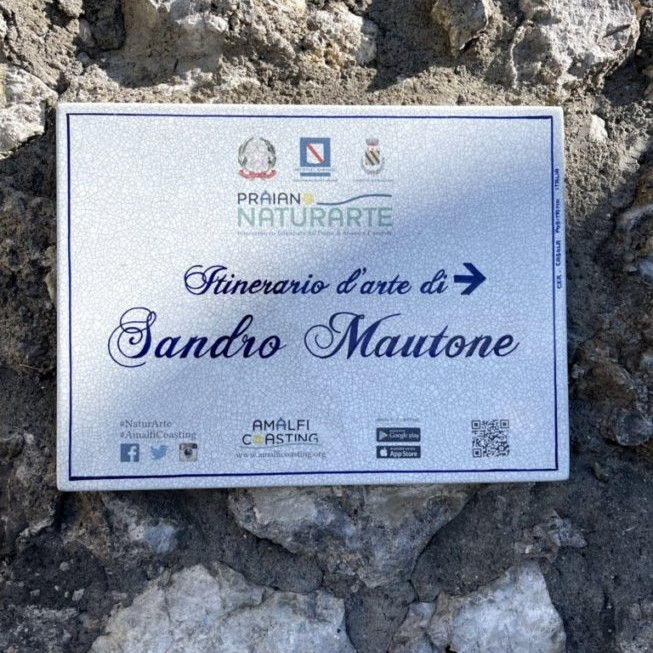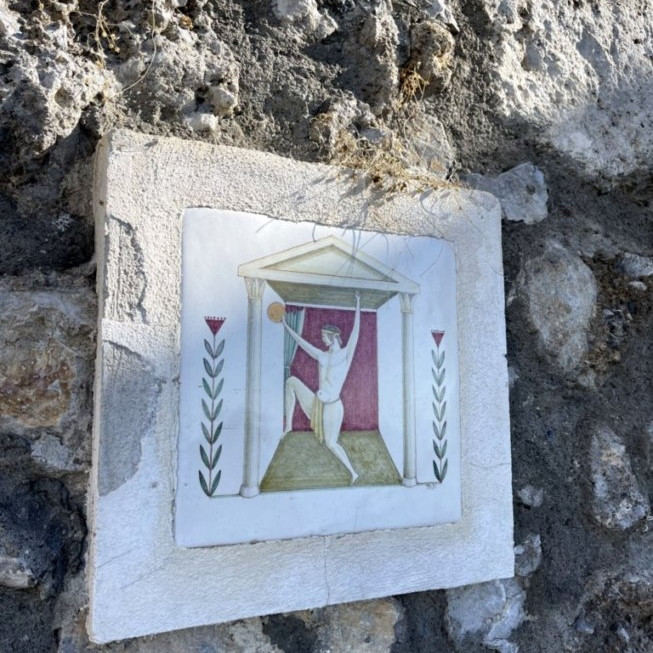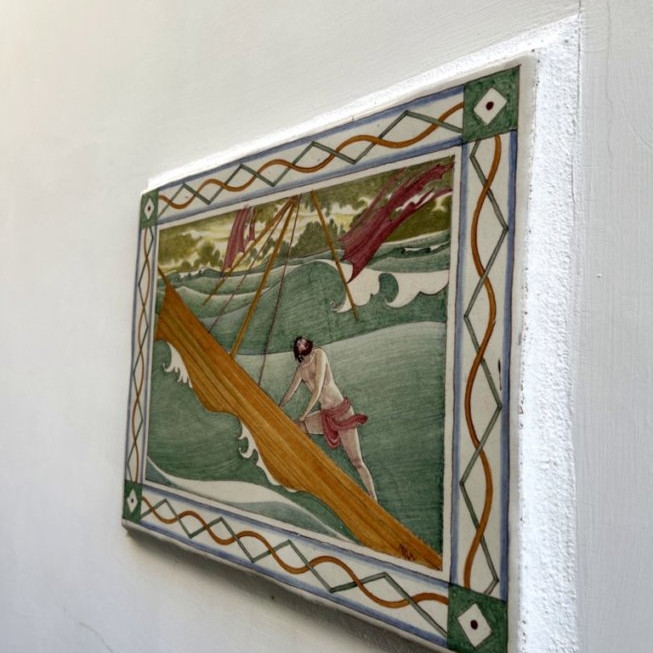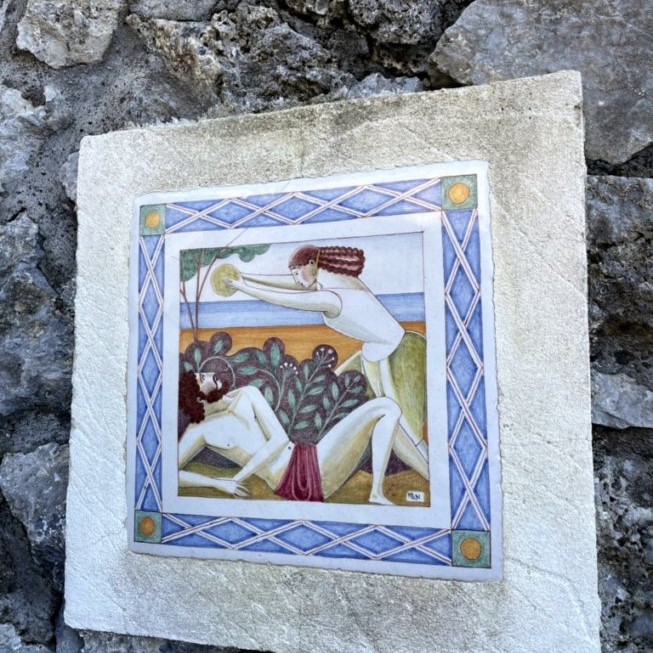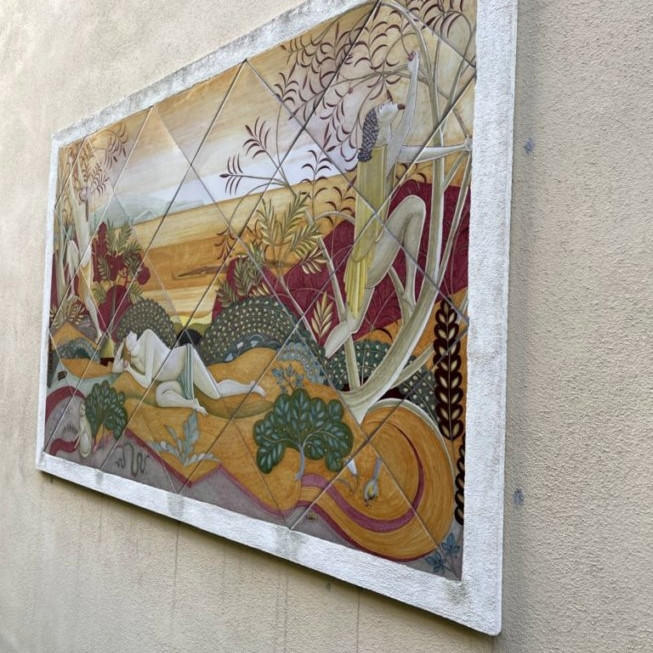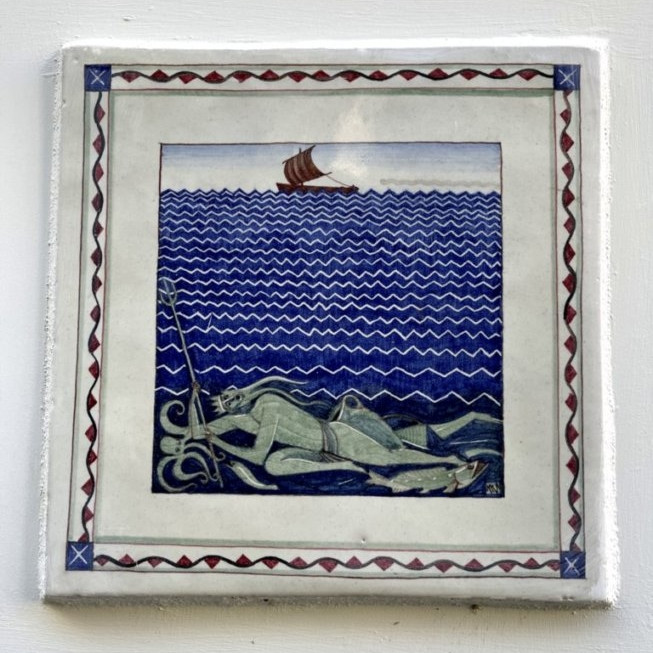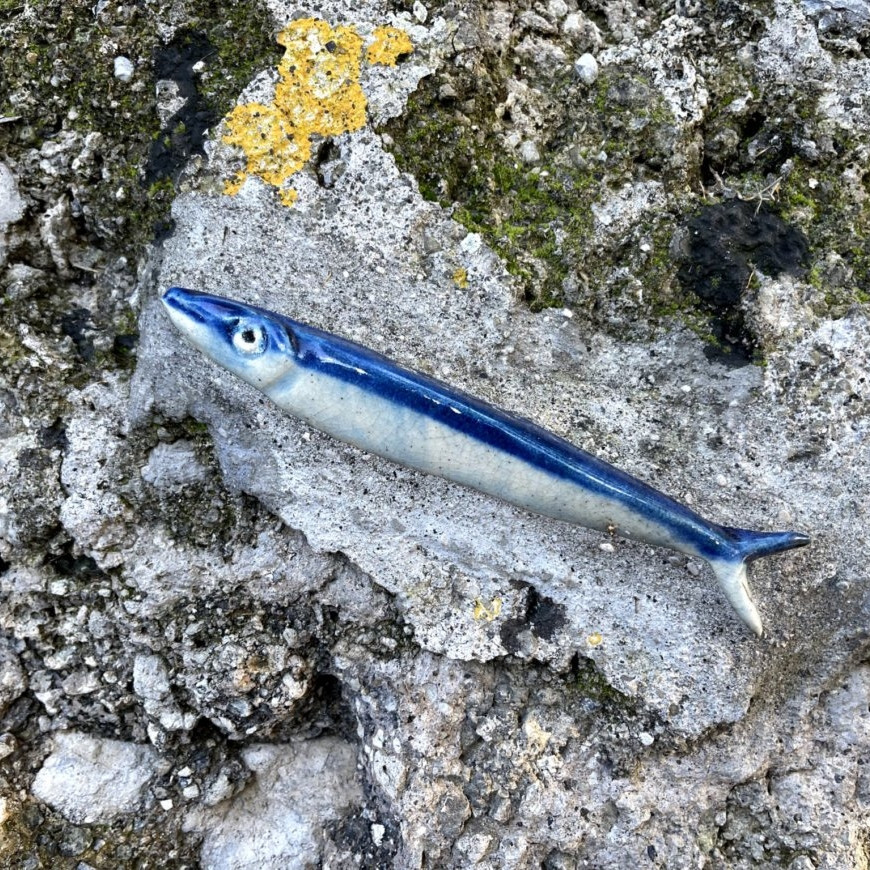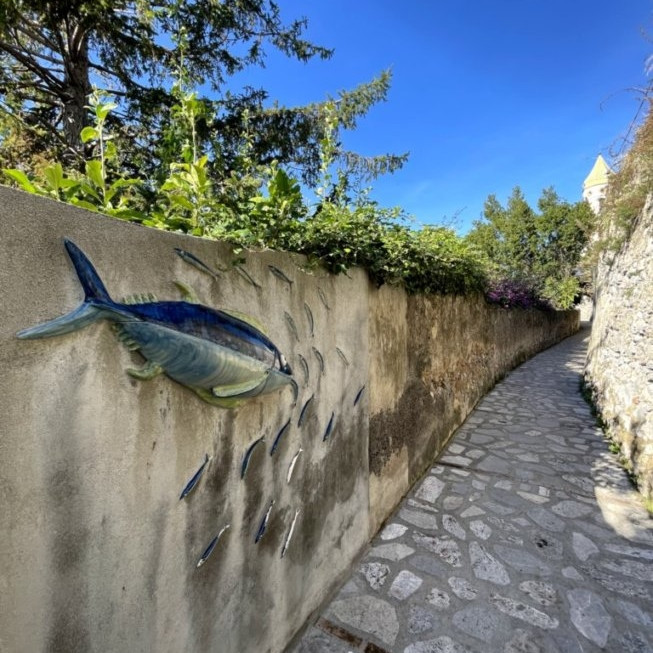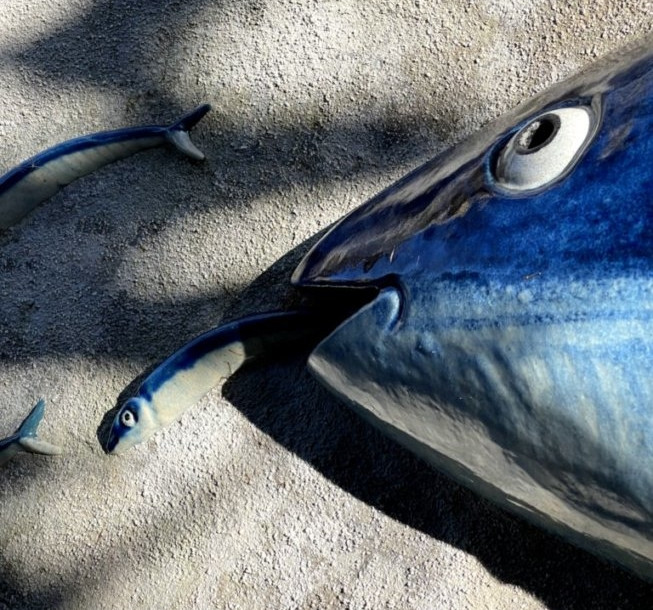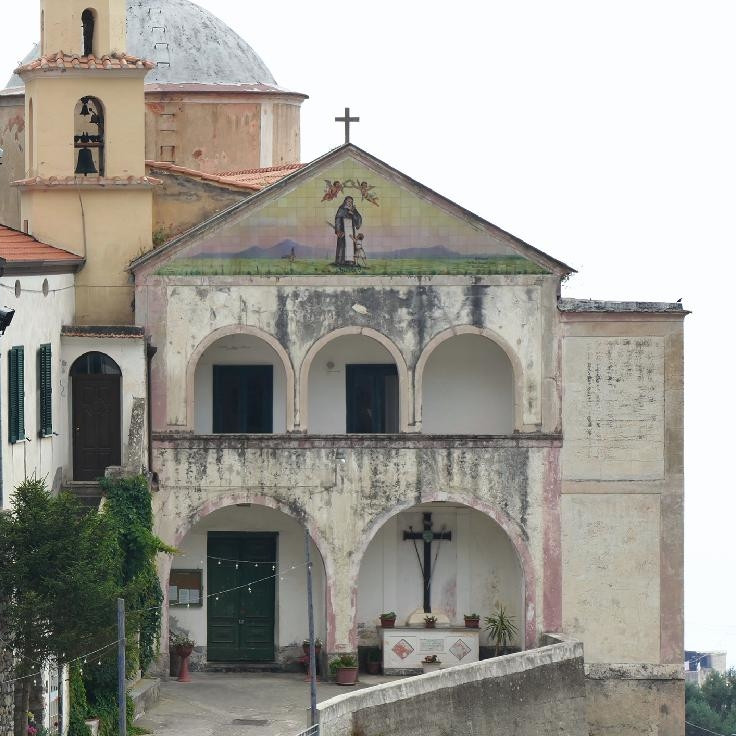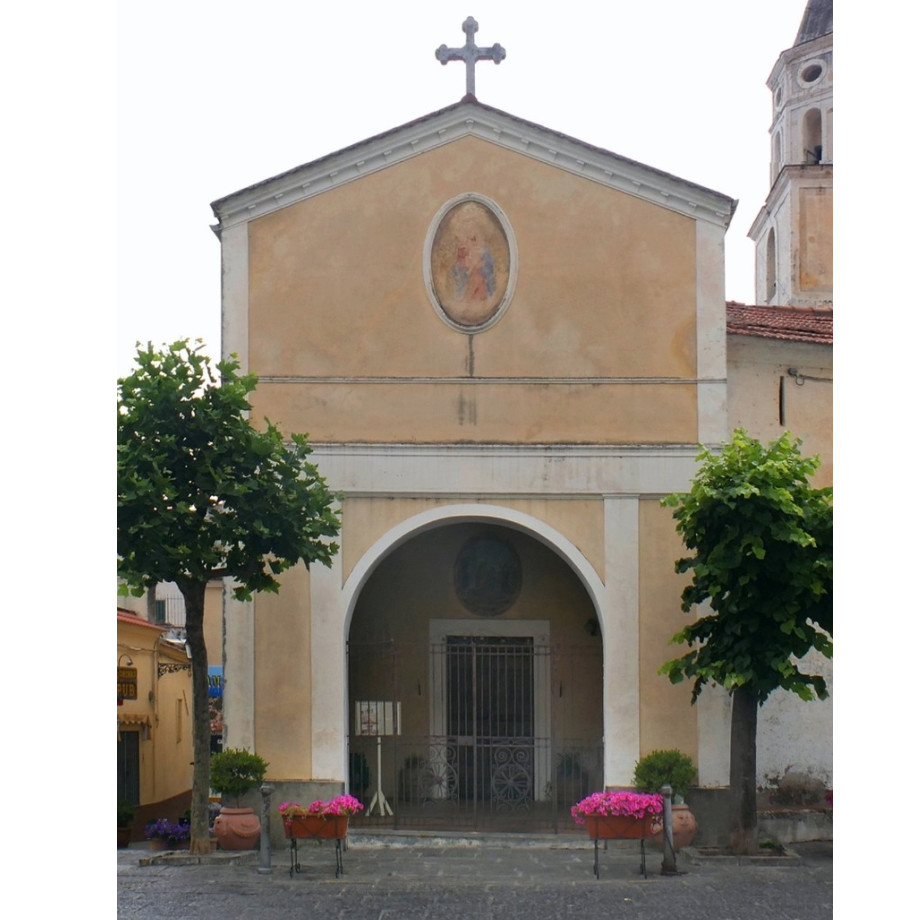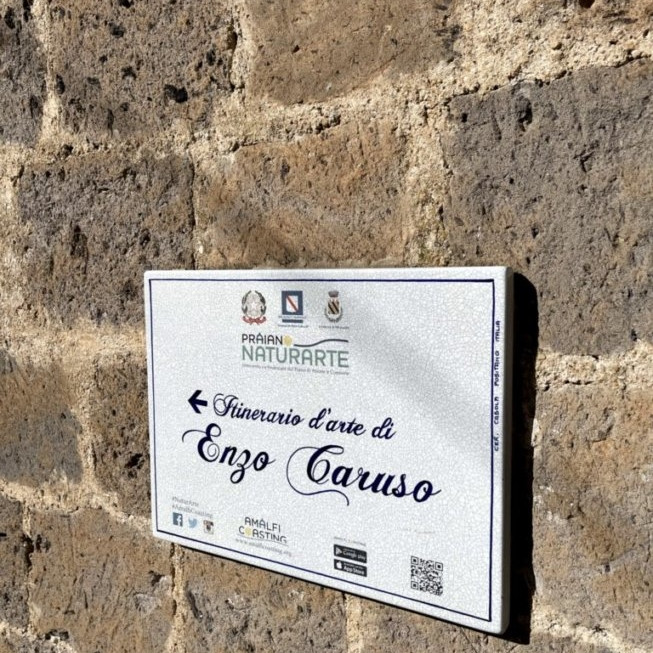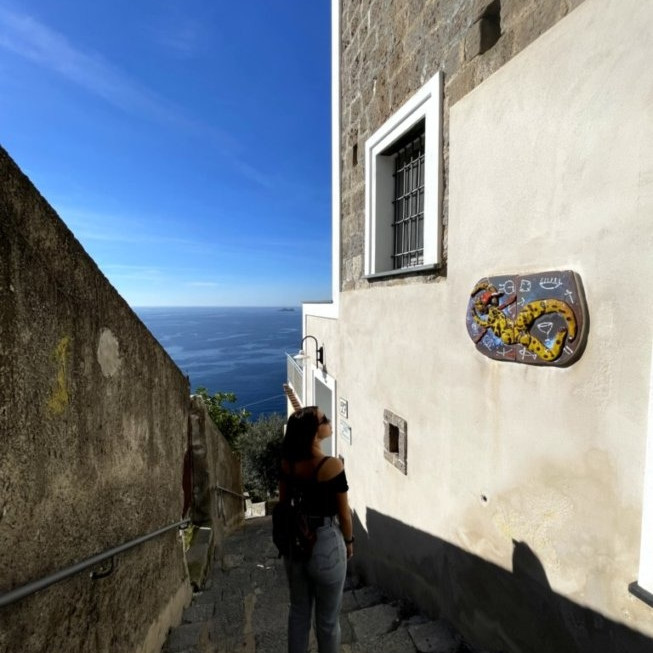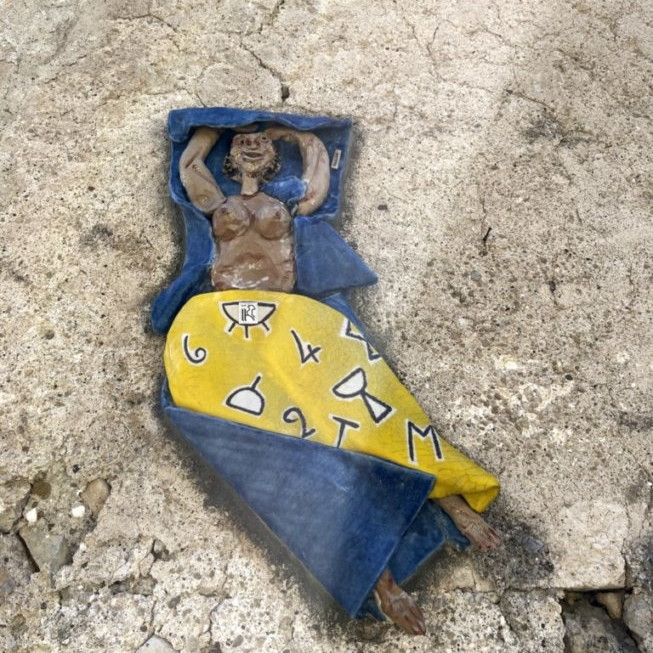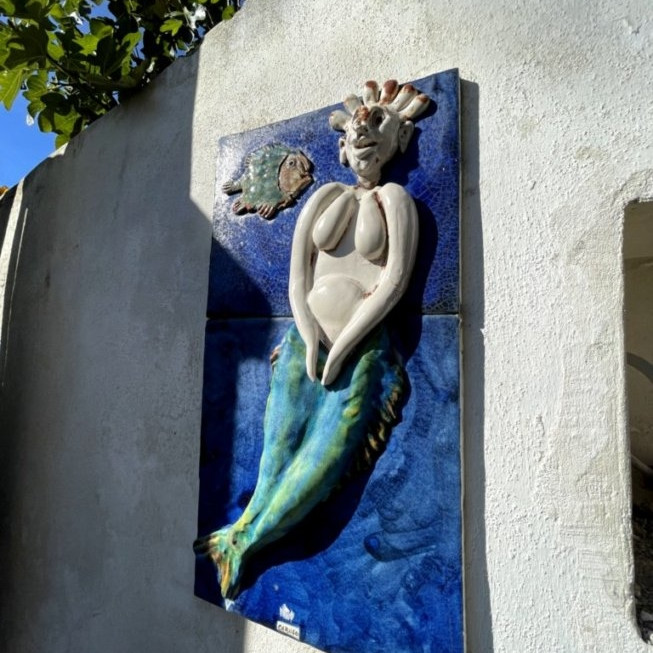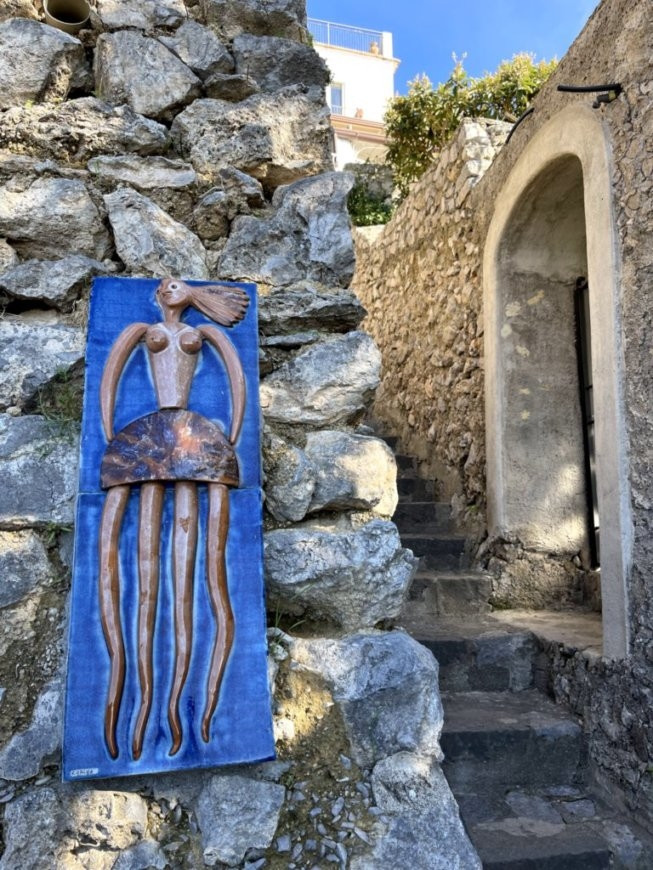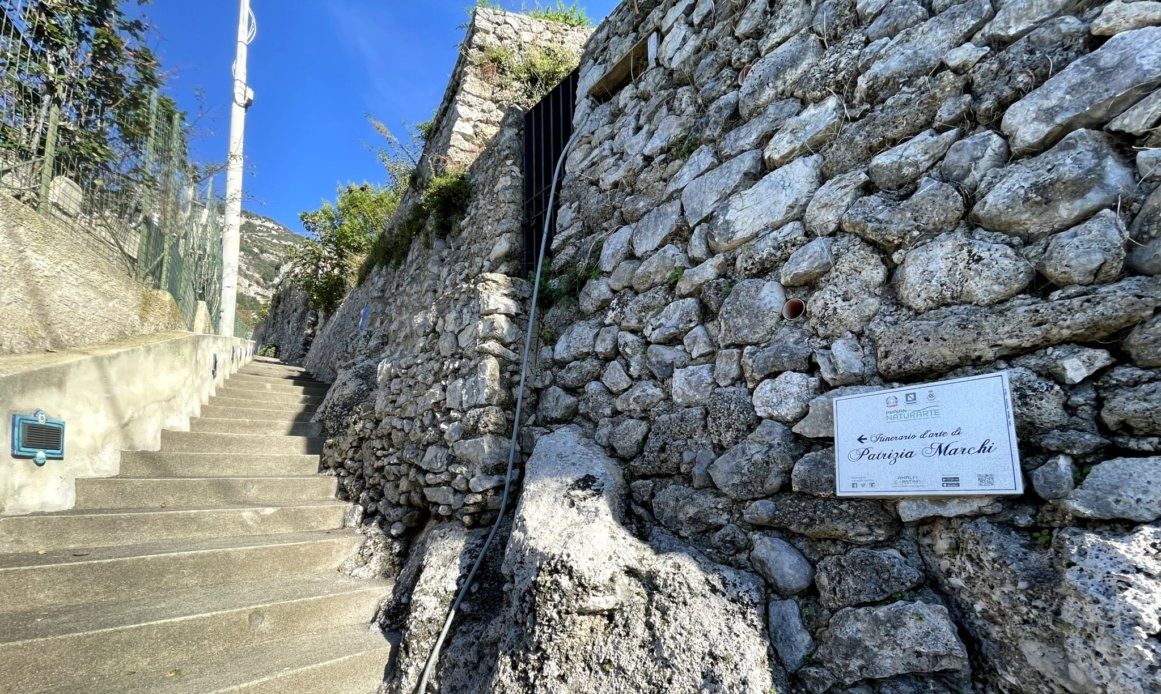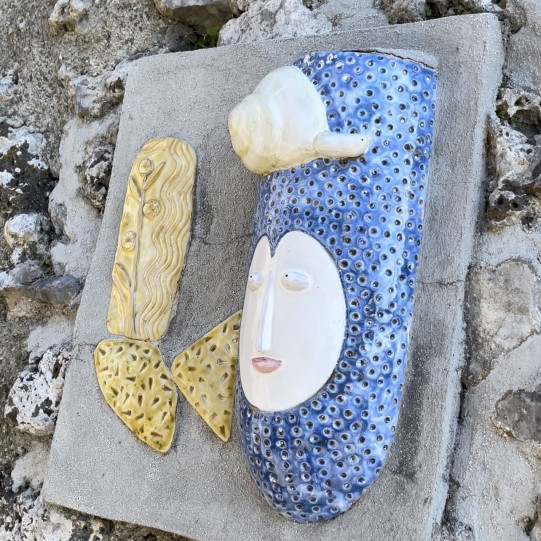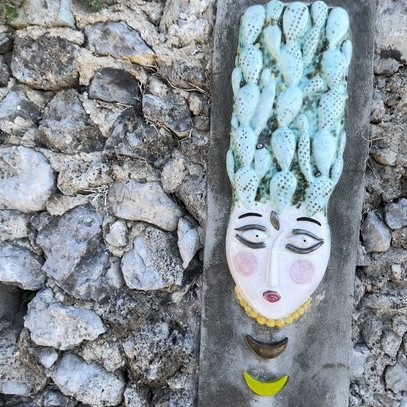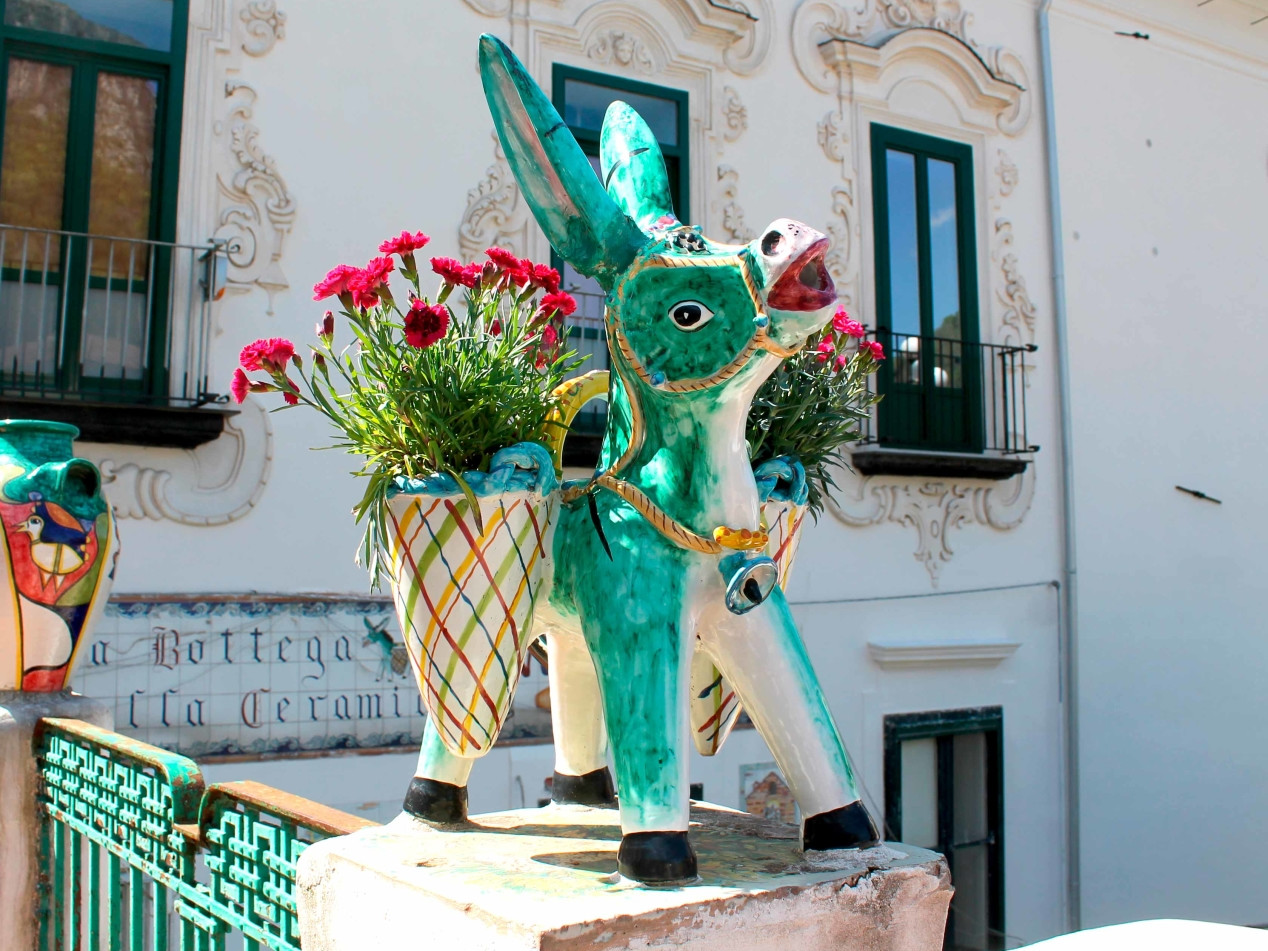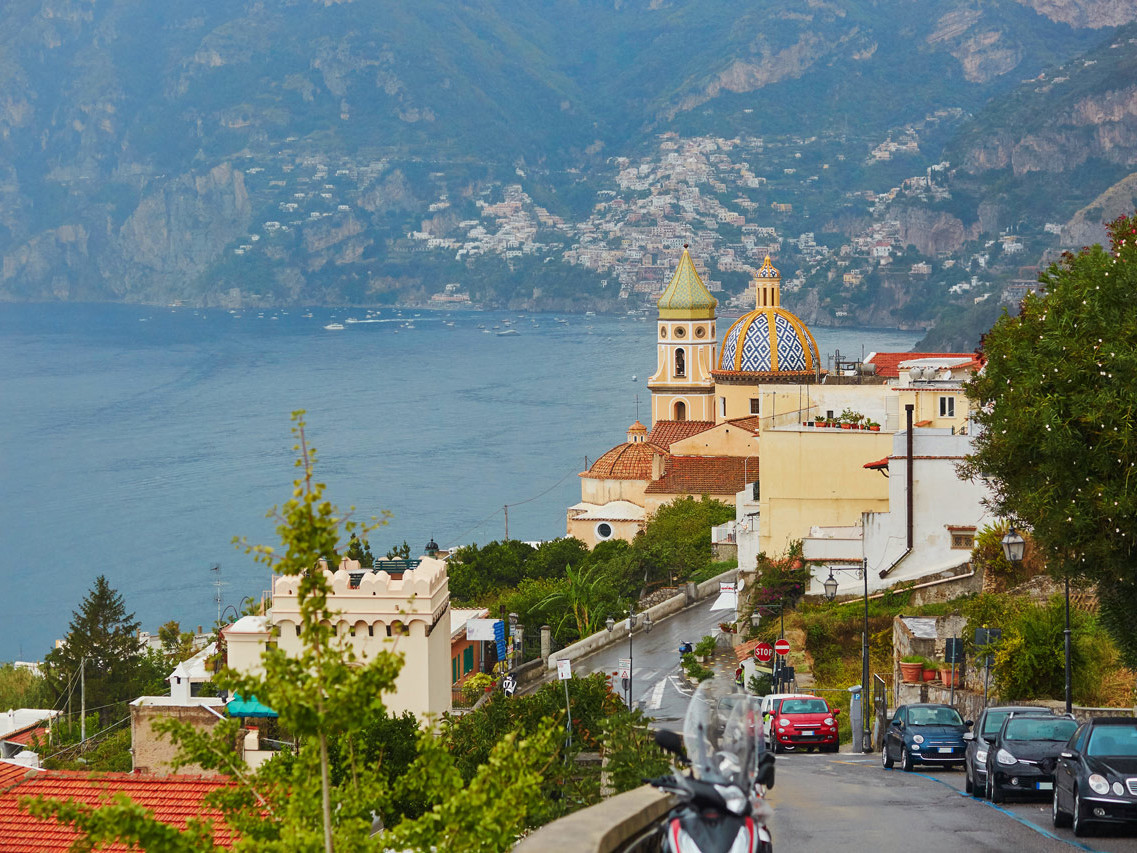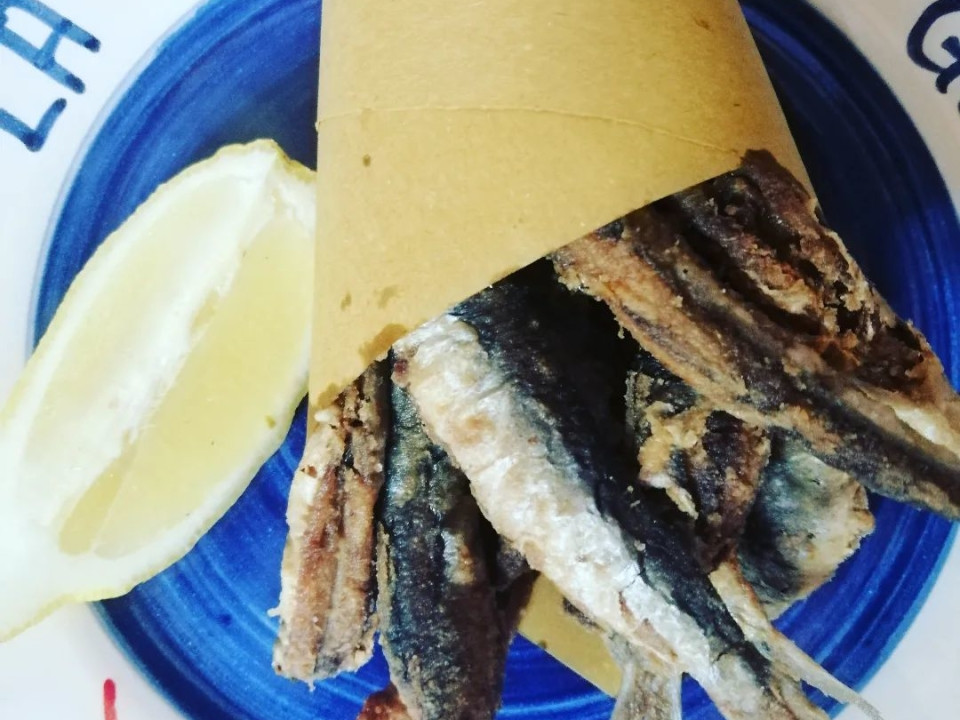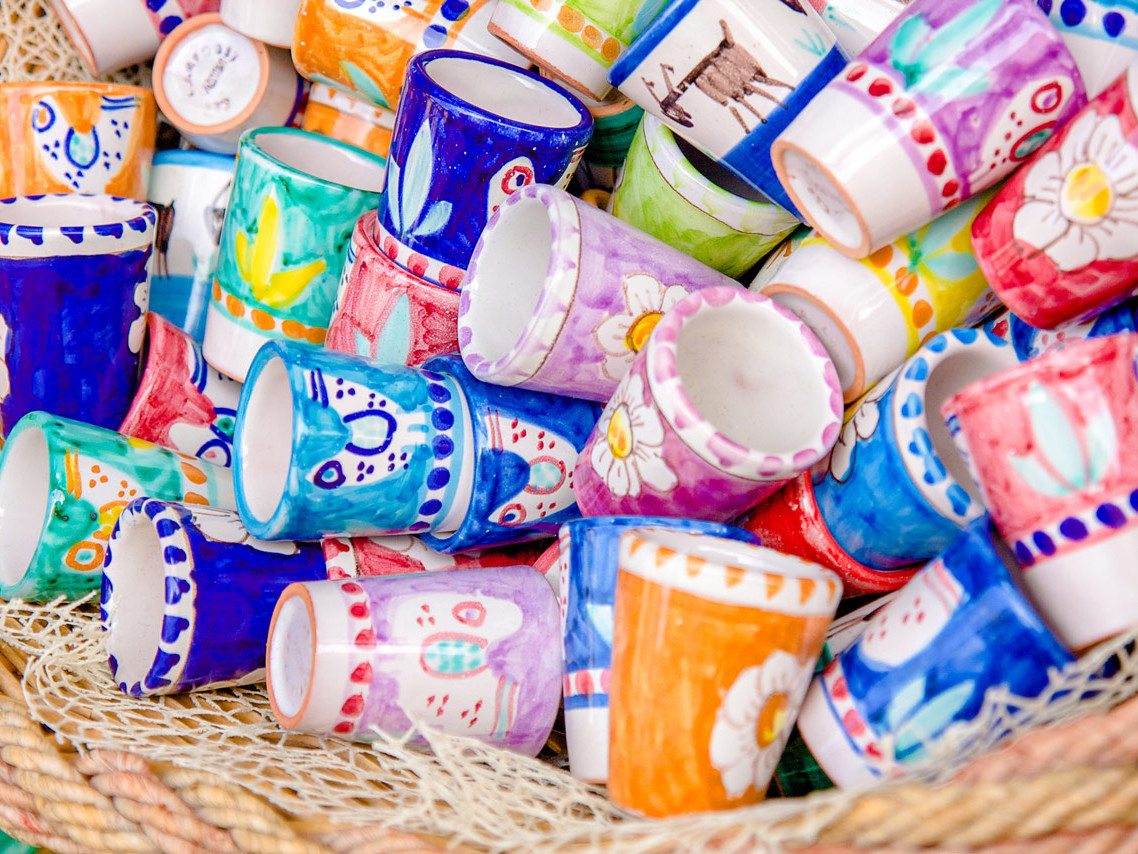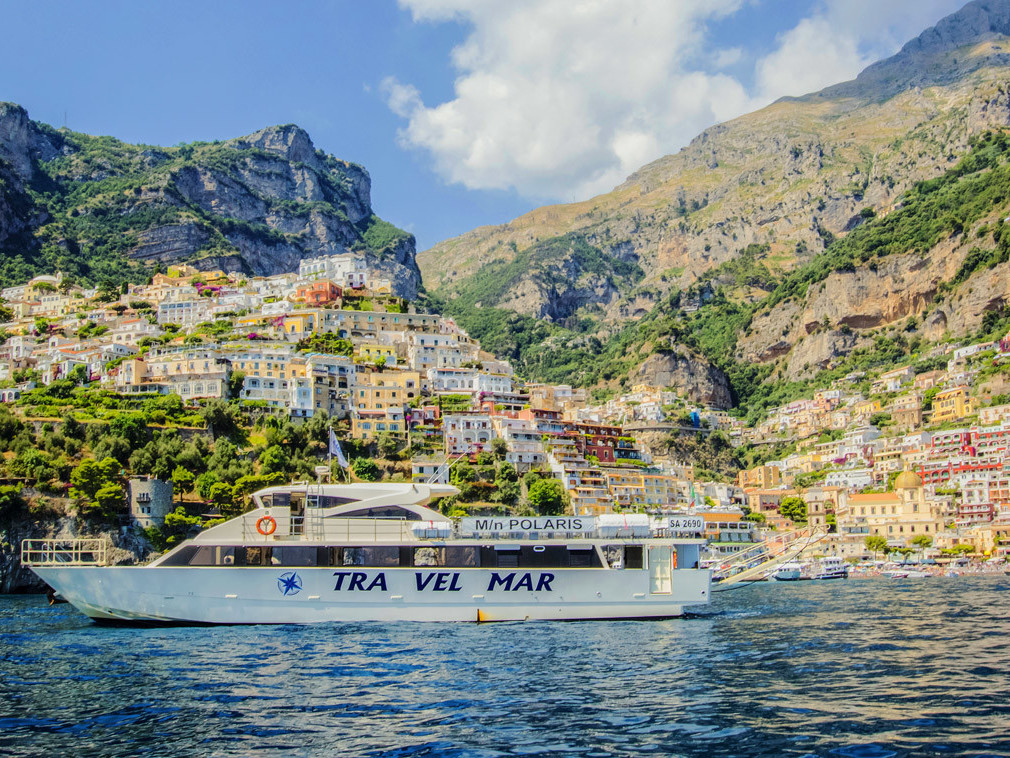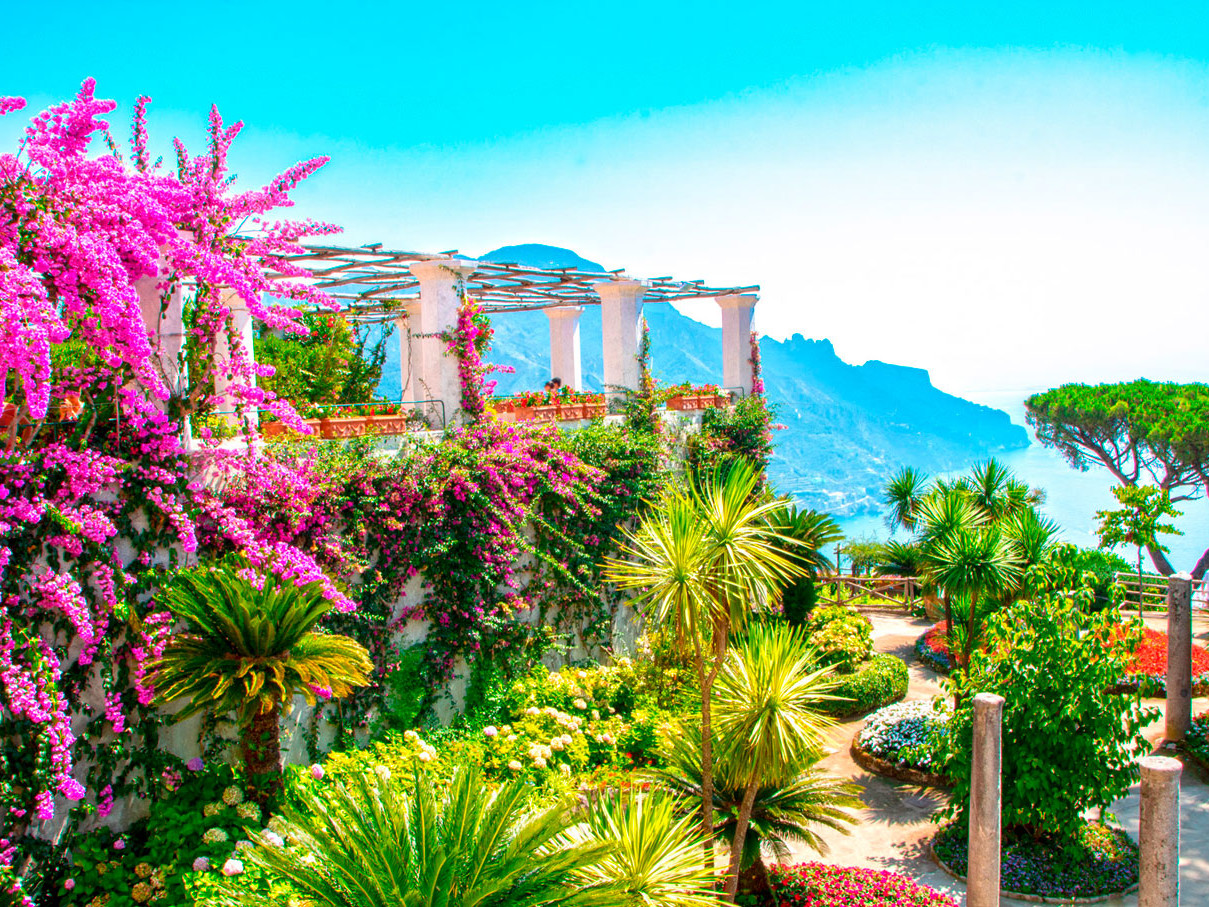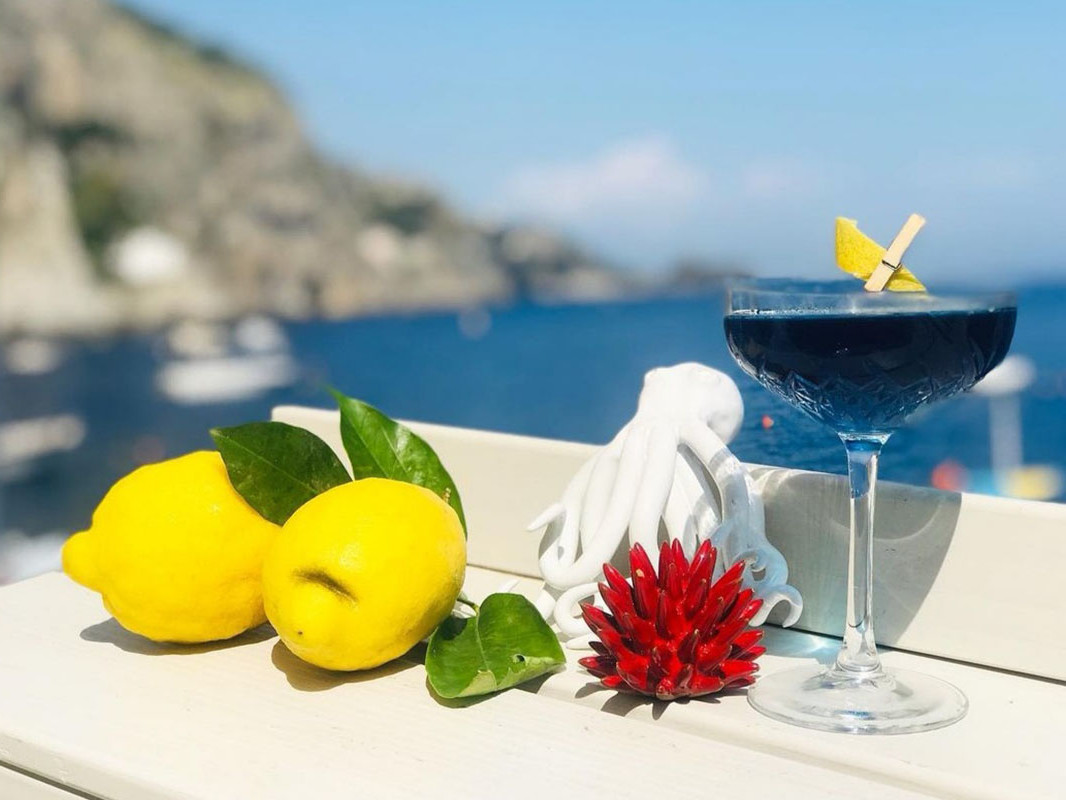PRAIANO NATURARTE: AN OPEN-AIR MUSEUM
Praiano Naturarte project has made the city Praiano an unmissable destination on the Amalfi Coast, thanks to its itineraries. Tourists are coming from all over the world eager to discover its alleys and be surprised by the characteristic installations in ceramic.
by Barbara Iovine
Located between Positano and Amalfi, Praiano is a small fascinating village full of beauty. The NaturArte project and its itineraries convert the town into an open-air museum: a truly unmissable destination on the Amalfi Coast. Indeed, tourists come from all over the world to wander through its picturesque streets and discover the characteristic ceramic installations, stairways, and hidden corners that transform Praiano into a garden of wonders.
What about you? Aren’t you curious to discover the itineraries that lead from the sea to the Mountains? Today I will take you to explore the eight paths that make this town unforgettable.
share this article
NaturArte project
The NaturArte Project
The NaturArte project was born thanks to the Agenda Praiano association, in July 2013, to enhance the precious territorial resources in an eco-sustainable way and to exhibit the local artistic heritage.
These installations, reminding of the very famous Park Güell in Barcelona, look like hidden treasures: a sort of garden city where ceramic fits perfectly in the surrounding environment. The idea behind the project was to create an open-air museum, accessible to everyone. The inspiration came from the unique votive shrines scattered on the coast (small chapels made of majolica tiles or frescoes whose purpose is to protect the houses and their inhabitants). Today, while walking along Praiano’s picturesque street we can enjoy eight footpaths linked to mythological and folklorists stories told by the eight artists involved. In my opinion, the NaturArte itineraries should certainly be included in the to-do list while visiting this small village!
Eight itinerary for eight artists
I discovered Praiano unhurried, regardless of time, strolling through the authentic streets and admiring the installations while taking some souvenir photos. The path is not rough, roads intersect each other and are easily accessible, as you can see from the map below. Wear comfortable shoes and don't rush: there are hidden spots to be uncovered. It's worth it!
#8 - PAOLO SANDULLI
I started my tour departing from via Terramare, where Paolo Sandulli created a seven-stage stopover for its Itinerary 8. He wanted to celebrate moments related to the beach and the fishermen, and I was really impressed by his “squid fishing”: simple and evocative.
#7 - FAUSTO LUBELLI
Then I headed to Itinerary 7 in via Duomo. Fausto Lubelli tells us about Ulysses’ myth, mixing the sacred and the profane and combining legend and contemporaneity. He reproduces Sirens and Homeric figures into votive shrines, using typical colors of the Amalfi Coast, yellow and blue. Very peculiar.
#6 - FERDINANDO VASSALLO
In Piazza Antico Seggio there is the Itinerary 6 which goes from the Church of Constantinople and runs along the street of the same name. Ferdinando Vassallo alternates small panels illustrating typical views of the town with blue ceramic stones. This is one of my favorite paths: the stones applied to the walls remember the cosmos and are grouped to compose local expressions and words. Taking the advice of a local, I came back when the sun went down: thanks to the gloss enamel, the stones store the sunlight to return it in the evening, enlightening. I was enchanted by the beauty of these installations!
#2 - SANDRO MAUTONE
Going back over via Costantinopoli, towards via degli Ulivi, I arrived at Itinerary 2, by Sandro Mautone. The artist makes us retrace Ulysses’ myth through a succession of tiles like a real leap into mythology. Not to mention the beautiful sunsets that the panoramic position of this path offers!
#5 - LUCIO LIGUORI
I continued my NaturArte tour with Itinerary 5 in via Masa and via Rezzola. The artist Lucio Liguori, along these alleys that guide fishermen to their colorful boats down to the sea, represents the fishing tradition by exposing large sculptures depicting the local catch: tuna, squid, and anchovies take turns in the street to Gavitella beach. In addition to these installations, Liguori added some panels and twelve vases representing the zodiac signs, because it is said that the immensity of Praiano’s panoramas reminds you of the constellations.
#4 - ENZO CARUSO
Then I went in via Francesco Russo for the Itinerary 4, where Enzo Caruso’s relief “janare” peep out. Those are fantastic creatures, mythological witches who take possession of the fishing boats at night. They are represented in warm colors but with a grotesque aspect, I can say Vassallo succeeded in his intent to express people's unconscious fears.
#3 - PATRIZIA MARCHI
In via Croce, walking through Itinerary 3, I’ve been looking at the colored half man and half nature masks by Patrizia Marchi. These symbolize the local spirits and are located at the end of the town, where a staircase goes to a mountain road that reveals the last of the eight paths, itinerary 1.
#1 - FRANCESCO MANGERI
The Itinerary 1 created by Francesco Mangieri, also called Mao, starts from via Croce and arrives at San Domenico’s convent. Along this rocky path, the sculptures, the columns’ fragments, and the stalagmites have adapted perfectly to the environment, guiding the many visitors and trekking lovers who cross it.
Walking along these streets I experienced a feeling of authenticity and innovation at the same time. The landscape has not been affected in any way by the installations, on the contrary, it blends perfectly with the ceramic, creating a truly suggestive harmony.
An experience that should not be missed!
Ufficio Informazioni Turistiche Praiano
- Via Gennaro Capriglione, n°116 B, 84010, Praiano (SA)
- Ufficio (+39) 089 87 45 57 | Cellulare: (+39) 342 06 02 674
- Email: info@iamalficoast.it
info
share this article
